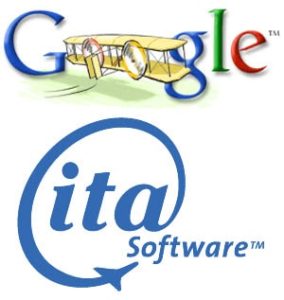The International Air Transport Association’s (IATA) controversial decision to adopt the Airline Tariff Publishing Company (ATPCO) XML standard based on the Farelogix Air Commerce Gateway that was supported by the now defunct Open AXIS group is misguided. Its focus is airline-centric, ensuring the airlines full control over search and booking transactions occurring within their ecosystem. Like so many other things in the world of airlines, it really should be customer focused.
A Faster Way to Search Google Flights – Cut and Paste
Google Flight search provides incredibly fast search air fare results by leveraging technology acquired through the ITA Software acquisition. While not yet supporting flight routing outside of the US, it provides many interesting new features. By copying the URL/query string text into a Chrome browser, experienced travelers can experience Google Flights searches with unprecedented speed and efficiency.
How to Fly – Avoid Crowds, Airport Security, Bag Fees
This form of travel is not for everyone, but Helen Keller had it right – Life is either a daring adventure, or nothing. Jeff Corliss and his wingsuit tour some of the most dramatic and iconic scenery on the planet. No crowds, airports or bag fees – this takes solo travel to its next level.
Mad as Hell About Airline Fees – How Hidden are They?
I’m Mad as Hell About Hidden Airline Fees and I’m Not Gonna Take This Anymore is the tag line for a coalition that is demanding that the US Department of Transportation requires airlines to prominently display all ancillary fees on their websites and to provide distribution to enable transaction of these fees through all third party channels. Upon closer scrutiny, several claims appear exaggerated, while the lack of specific proposals regarding HOW these demands can be effectively implemented ignores challenges involving business models and technical interfacing.














